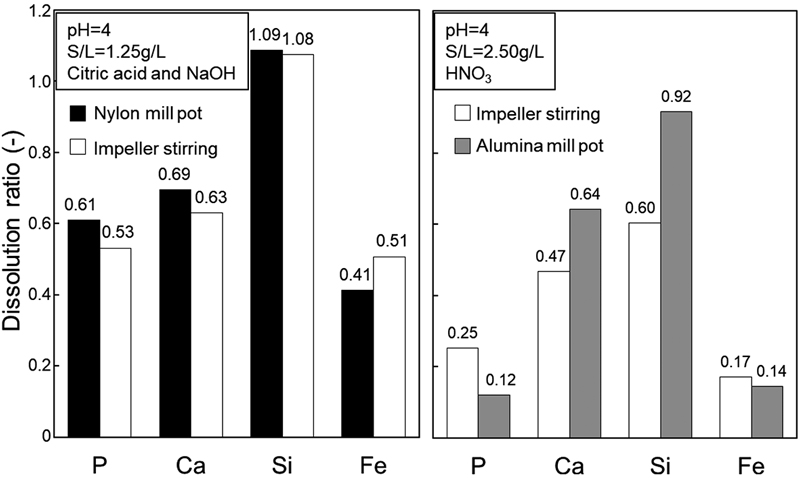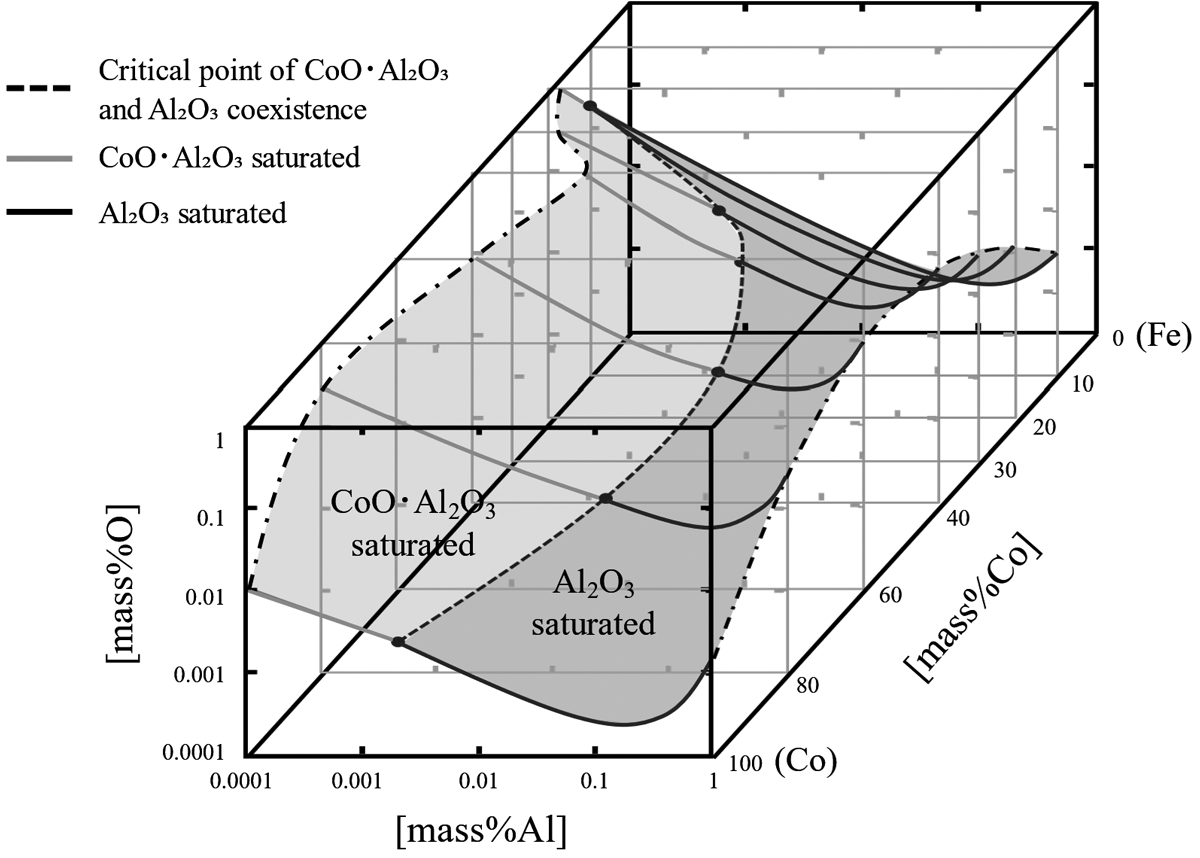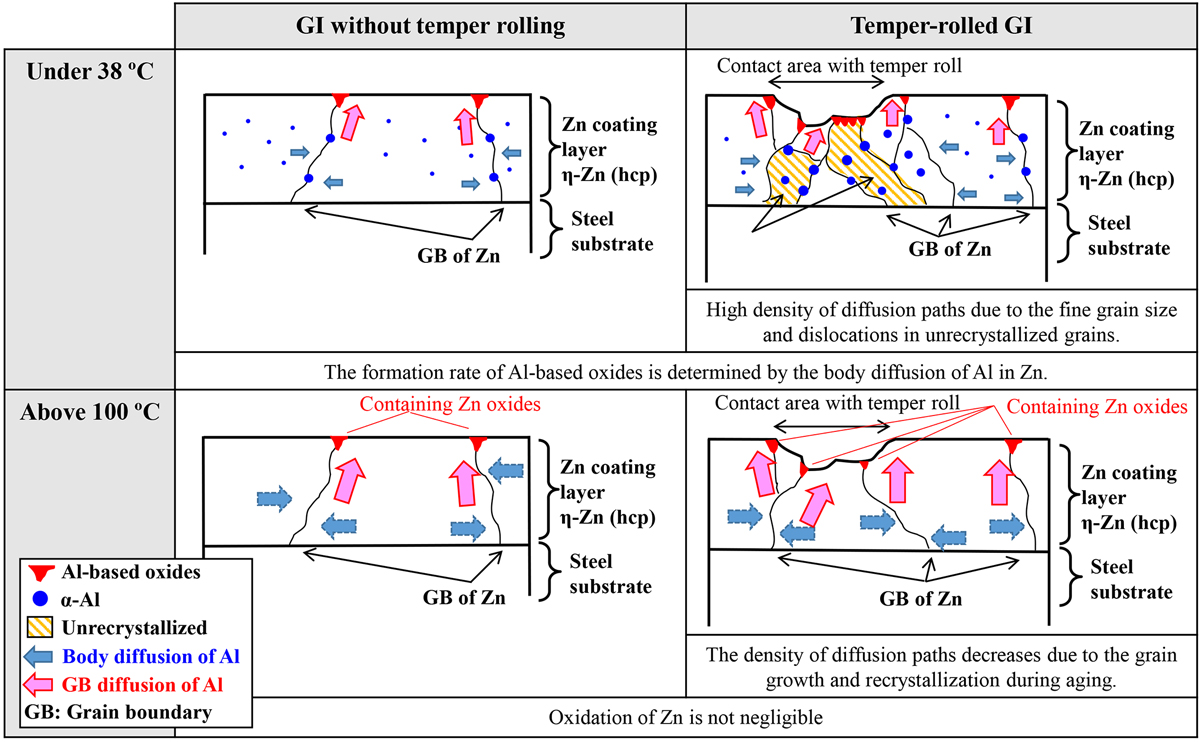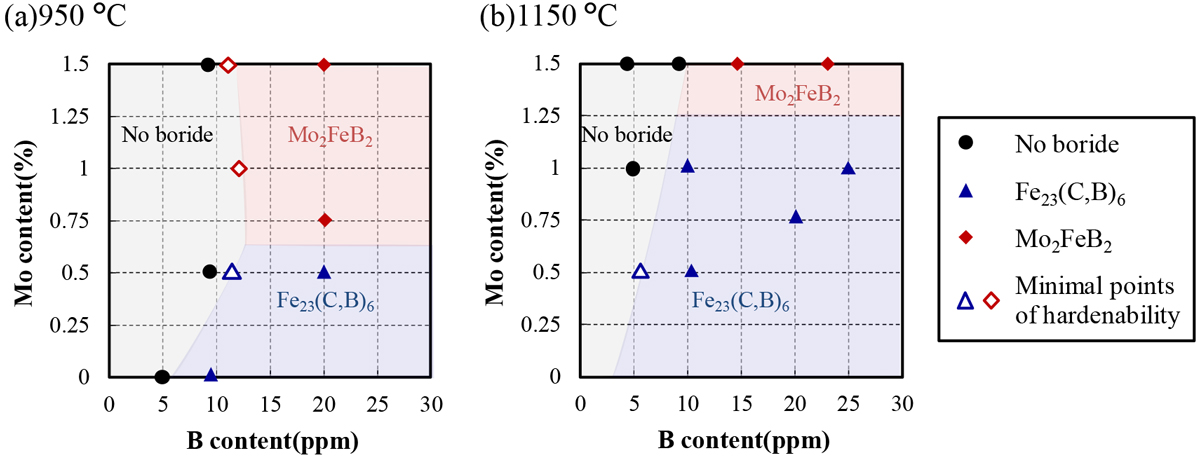
- Issue 16 Pages 1251-
- Issue 15 Pages 1165-
- Issue 14 Pages 1033-
- Issue 13 Pages 989-
- Issue 12 Pages 899-
- Issue 11 Pages 795-
- Issue 10 Pages 721-
- Issue 9 Pages 653-
- Issue 8 Pages 569-
- Issue 7 Pages 513-
- Issue 6 Pages 427-
- Issue 5 Pages 395-
- Issue 4 Pages 343-
- Issue 3 Pages 89-
- Issue 2 Pages 35-
- Issue 1 Pages 1-
- Issue 16 Pages 2157-
- Issue 15 Pages 1805-
- Issue 14 Pages 1613-
- Issue 13 Pages S1141-
- Issue 12 Pages S1037-
- Issue 11 Pages 1443-
- Issue 10 Pages 1273-
- Issue 9 Pages 1077-
- Issue 8 Pages 917-
- Issue 7 Pages 751-
- Issue 6 Pages 585-
- Issue 5 Pages S389-
- Issue 4 Pages S1-
- Issue 3 Pages 403-
- Issue 2 Pages 233-
- Issue 1 Pages 19-
- Issue 16 Pages 2153-
- Issue 15 Pages 1977-
- Issue 14 Pages 1813-
- Issue 13 Pages S1285-
- Issue 12 Pages S1043-
- Issue 11 Pages 1667-
- Issue 10 Pages 1481-
- Issue 9 Pages 1231-
- Issue 8 Pages 891-
- Issue 7 Pages 711-
- Issue 6 Pages 538-
- Issue 5 Pages S407-
- Issue 4 Pages S1-
- Issue 3 Pages 347-
- Issue 2 Pages 173-
- Issue 1 Pages 14-
- Issue 16 Pages 1837-
- Issue 15 Pages 1711-
- Issue 14 Pages 1569-
- Issue 13 Pages S1205-
- Issue 12 Pages S1034-
- Issue 11 Pages 1423-
- Issue 10 Pages 1269-
- Issue 9 Pages 1059-
- Issue 8 Pages 925-
- Issue 7 Pages 775-
- Issue 6 Pages 627-
- Issue 5 Pages S287-
- Issue 4 Pages S1-
- Issue 3 Pages 301-
- Issue 2 Pages 147-
- Issue 1 Pages 12-
- Issue 16 Pages 2179-
- Issue 15 Pages 1795-
- Issue 14 Pages 1631-
- Issue 13 Pages S1053-
- Issue 12 Pages S1023-
- Issue 11 Pages 1501-
- Issue 10 Pages 1315-
- Issue 9 Pages 987-
- Issue 8 Pages 767-
- Issue 7 Pages 621-
- Issue 6 Pages 473-
- Issue 5 Pages S305-
- Issue 4 Pages S1-
- Issue 3 Pages 299-
- Issue 2 Pages 151-
- Issue 1 Pages 16-
- Issue 16 Pages 1945-
- Issue 15 Pages 1699-
- Issue 14 Pages 1531-
- Issue 13 Pages S1055-
- Issue 12 Pages S1013-
- Issue 11 Pages 1367-
- Issue 10 Pages 1215-
- Issue 9 Pages 1087-
- Issue 8 Pages 887-
- Issue 7 Pages 721-
- Issue 6 Pages 507-
- Issue 5 Pages S317-
- Issue 4 Pages S1-
- Issue 3 Pages 343-
- Issue 2 Pages 187-
- Issue 1 Pages 17-
- Issue 16 Pages 2405-
- Issue 15 Pages 2067-
- Issue 14 Pages 1865-
- Issue 13 Pages 1675-
- Issue 12 Pages S1055-
- Issue 11 Pages S1015-
- Issue 10 Pages 1479-
- Issue 9 Pages 1129-
- Issue 8 Pages 895-
- Issue 7 Pages 711-
- Issue 6 Pages 545-
- Issue 5 Pages S325-
- Issue 4 Pages S1-
- Issue 3 Pages 369-
- Issue 2 Pages 193-
- Issue 1 Pages 16-
- Issue 16 Pages 2573-
- Issue 15 Pages 2261-
- Issue 14 Pages 2073-
- Issue 13 Pages S1111-
- Issue 12 Pages S1001-
- Issue 11 Pages 1867-
- Issue 10 Pages 1657-
- Issue 9 Pages 1409-
- Issue 8 Pages 1043-
- Issue 7 Pages 841-
- Issue 6 Pages 649-
- Issue 5 Pages S415-
- Issue 4 Pages S1-
- Issue 3 Pages 431-
- Issue 2 Pages 225-
- Issue 1 Pages 3-
- |<
- <
- 1
- >
- >|
-
2023Volume 109Issue 1 Pages Cover-
Published: January 01, 2023
Released on J-STAGE: December 31, 2022
JOURNAL OPEN ACCESSDownload PDF (663K) -
2023Volume 109Issue 1 Pages Contents-
Published: January 01, 2023
Released on J-STAGE: December 31, 2022
JOURNAL OPEN ACCESSDownload PDF (3068K) -
2023Volume 109Issue 1 Pages Editorial-
Published: January 01, 2023
Released on J-STAGE: December 31, 2022
JOURNAL OPEN ACCESSDownload PDF (249K)
-
Takayuki Iwama, Ryo Inoue, Kenji Nakase, Shigeru UedaArticle type: Regular Article
2023Volume 109Issue 1 Pages 1-12
Published: 2023
Released on J-STAGE: December 31, 2022
JOURNAL OPEN ACCESS FULL-TEXT HTMLSince 10 million tons of steelmaking slag, which contains a few percent of phosphorus, are annually produced, the phosphorus amount in the slag is equivalent to the annual import volume of phosphorus rock in Japan. Therefore, the steelmaking slag is attracting attention as a potential phosphorus resources. Phosphorus-concentrated slag obtained by the dephosphorization reaction between high phosphorus hot metal and oxidizing slag at high temperature contains phosphorous comparable to that of phosphorus rock. However, because of high FeO concentration, it is difficult to use for phosphorus resources directly. In this work, the effects of pH, acid type and leaching method on the dissolution behavior of phosphorus from P-concentrated slag were investigated. As a result, phosphorus dissolution progressed at lower pH, and was promoted by the addition of citric acid, which is known as a chelate former. When nylon mill pot stirring with citric acid and alumina mill pot stirring with nitric acid were compared to impeller stirring, respectively. By combining nylon mill pot stirring and citrate leachate, phosphorus dissolution was accelerated, because the slag was pulverized during stirring and a formation of insoluble metal-phosphate was inhibited by the formation of complex ion between leached metal cation and citrate. When the slag was leached with alumina mill pot while controlling pH by nitric acid, the phosphorus dissolution ratio lowered since phosphorus ion and aluminum ion, which is supplied by the dissolution of pot and crushing ball during leaching, constructed secondary products with low solubility along with other dissolved ions.
 View full abstractDownload PDF (7682K) Full view HTML
View full abstractDownload PDF (7682K) Full view HTML -
Yuta Hino, Katsunori TakahashiArticle type: Regular Article
2023Volume 109Issue 1 Pages 13-24
Published: 2023
Released on J-STAGE: December 31, 2022
JOURNAL OPEN ACCESS FULL-TEXT HTMLThe effects of the ambient temperature, gas flow rate and carbon content in the brick on the behaviour of the MgO-C reaction, which is an inherent phenomenon of MgO-C bricks, were investigated. As a result, the amount of the MgO-C reaction increased as the carbon content in the brick and the temperature increased, but was not significantly changed by increasing the gas flow rate. The apparent activation energies for the following reactions were determined from the results of this study and the results of previous reports.
CO (g) + MgO (s) = Mg (g) + CO2 (g) E = 348 kJ/mol
CO2 (g) + C (s) = 2CO (g) E = 296 kJ/mol
A new MgO-C reaction model was developed based on the shrinkage core model in order to discuss the effects of the temperature and carbon content in the brick quantitatively. The reaction model in this study could explain not only the results of the present study but also the results reported previously by other researchers. In addition, the effect of the particle diameters of MgO and carbon on theMgO-C reaction is also discussed using the reaction model proposed in this study.
 View full abstractDownload PDF (6196K) Full view HTML
View full abstractDownload PDF (6196K) Full view HTML
-
Yoshihiro KuboArticle type: Regular Article
2023Volume 109Issue 1 Pages 25-32
Published: 2023
Released on J-STAGE: December 31, 2022
Advance online publication: September 09, 2022JOURNAL OPEN ACCESS FULL-TEXT HTMLThe aim of this project was to learn roles of titanium oxide (TiO2), an impurity contained in iron sand, in the products resulting from traditional iron making processes, tatara operations. For this purpose, iron sand was collected using two different mineral processing methods from four different locations in the Chugoku area of Japan, and these samples were used to run small-scale tatara experiments. Iron sand collected with traditional gravity separation method contained 8 to 12% TiO2, while iron sand collected with modern magnetic separation method contained less than 5% TiO2. When gravity-separated iron sand was used in a tatara under strong reducing conditions, zuku (cast iron) flowed out of the tatara. In contrast, magnetically collected iron sand failed to produce zuku, but did produce raw steel at the bottom of the furnace. Further, even magnetically isolated iron sand could produce zuku when it was supplemented with ilmenite, a titanium-iron oxide containing mineral. The results show that TiO2 plays a key role in producing cast iron in tatara operations, and the fact that Akome iron sand is known to produce cast iron as it contains higher levels of TiO2. In contrast, Masa iron sand which is known to produce steel (tamahagane) contains much less TiO2 and hence is not suitable to produce cast iron. These observations agree with historical descriptions stating that pre-modern tatara operators knew to add iron sand from a specific locality (which is rich in TiO2) to Masa-type iron sand to produce cast iron.
 View full abstractDownload PDF (2122K) Full view HTML
View full abstractDownload PDF (2122K) Full view HTML
-
Jonah Gamutan, Kosei Akaishi, Takahiro Sato, Takahiro MikiArticle type: Regular Article
2023Volume 109Issue 1 Pages 33-41
Published: 2023
Released on J-STAGE: December 31, 2022
JOURNAL OPEN ACCESS FULL-TEXT HTMLAluminum deoxidation equilibrium of molten Fe-Co alloy was experimentally measured using a chemical equilibrium method and numerically assessed using a sub-regular solution model based on Darken’s quadratic formalism and a Redlich-Kister type polynomial at 1873 K. It was found that the degree of oxygen content reduction by Al-deoxidation decreased with increasing cobalt concentration in the alloy, peaking at around 40 to 60 mass% Co, and then improved with further increase in cobalt concentration. The following binary interaction parameters between cobalt and aluminum were derived in this study:
0ΩCo-Al = −387360 [J⁄mol], 1ΩCo-Al = 309420 [J⁄mol]
It was also found that the above binary interaction parameters can accurately determine Al-deoxidation equilibrium of pure liquid cobalt. Finally, the critical point at which Al2O3 and CoO∙Al2O3 coexist throughout the whole composition range of the alloy was also estimated from the experimental results in this study.
 View full abstractDownload PDF (2447K) Full view HTML
View full abstractDownload PDF (2447K) Full view HTML
-
Yasuhiro Morizono, Takateru Yamamuro, Sadahiro TsurekawaArticle type: Regular Article
2023Volume 109Issue 1 Pages 42-50
Published: 2023
Released on J-STAGE: December 31, 2022
JOURNAL OPEN ACCESS FULL-TEXT HTMLA carbon tool steel plate was coated with an aluminum foil with a thickness of 100 μm by explosive welding. This aluminum-coated steel was heat-treated in the temperature range of 973−1273 K for up to 3.6 ks in the atmosphere to form a Fe-Al alloy layer on the steel surface. The alloy layer was basically composed of Fe2Al5, two kinds of FeAl (Al-rich FeAl and Fe-rich FeAl), Fe3Al containing carbon (Fe3Al(C)) and ferrite stabilized by aluminum diffusion (α-Fe(Al)). FeAl2 was also detected together with Fe2Al5 at more than 1223 K. At 1273 K, island-shaped Fe3Al(C) was produced in α-Fe(Al), and the Fe-rich FeAl/α-Fe(Al) interface became indistinct. In addition, defects like a crack and a void were observed in the vicinity of Fe-rich FeAl. The purpose of the present study is to investigate the reason for the defect formation. Various heat treatments were conducted for the aluminum-coated steel, and it was found that a temperature-rising step was responsible for the defect formation. This consideration got support from the results of two-step heat treatment, which was a heating process at 1273 K immediately after holding for 600 s near the eutectoid temperature in the Fe-C binary system.
 View full abstractDownload PDF (1439K) Full view HTML
View full abstractDownload PDF (1439K) Full view HTML -
Katsuya Hoshino, Katsunari Oikawa, Yusuke Okumura, Shoichiro TairaArticle type: Regular Article
2023Volume 109Issue 1 Pages 51-61
Published: 2023
Released on J-STAGE: December 31, 2022
JOURNAL OPEN ACCESS FULL-TEXT HTMLIt is known that Al added to the Zn coating layer of hot-dip galvanized steel sheets (GI) diffuses to the surface at room temperature and forms Al-based oxides in air. In order to understand the diffusion behavior of Al in Zn coating layer, this study investigated the effect of the aging temperature on the segregation behavior of Al-based oxides in GI with and without temper rolling (skinpass rolling) using a material with a Zn coating weight of about 56 g/m2 with an Al content of approximately 0.20 mass%. The specimens were aged at -15, 5, 20, 38, 100 or 200 ºC in air after production, and the surface and cross sections were observed and analyzed by XRF, SEM-EDX, EBSD and TEM. As a result, up to the aging temperature of 38 ºC, the amount of Al-based oxides increased linearly to the square root of aging time, suggesting that the formation rate is determined by the diffusion of Al in Zn coating layer in this temperature range. However, this linear relationship did not hold at aging temperatures above 100 °C. In addition, in the temper-rolled GI, the formation rate of Al-based oxides is larger than that without temper rolling up to the aging temperature of 38 ºC, and then decreased drastically at aging temperatures above 100 °C. The segregation behavior of Al-based oxides is discussed in view of the diffusion behavior of Al and the changes in the macrostructure of the Zn coating layer during the aging after production.
 View full abstractDownload PDF (10850K) Full view HTML
View full abstractDownload PDF (10850K) Full view HTML
-
Kyohei Ishikawa, Masaaki Fujioka, Manabu Hoshino, Jun Takahashi, Ryuic ...Article type: Regular Article
2023Volume 109Issue 1 Pages 62-75
Published: 2023
Released on J-STAGE: December 31, 2022
JOURNAL OPEN ACCESS FULL-TEXT HTMLThe effect of molybdenum (Mo) contents on hardenability and precipitation behaviors in Mo-B simultaneously added steels were investigated placing a focus on high austenitizing temperature. The hardenability of 0.5% Mo - 11 ppm B steel austenitized at 1150°C was decreased compared with that austenitized at 950 °C, whereas 1.0% Mo - 10 ppm B and 1.5% Mo - 9 ppm B steels were less affected by high austenitizing temperature than 0.5% Mo - 11 ppm B steel. The Fe23(C, B)6 precipitation by increasing austenitizing temperature was also revealed to be suppressed in 1.5% Mo – 9 ppm B steel. These results indicate that the improved effect of the Mo addition on hardenability by retarding the precipitation of Fe23(C, B)6 still appear in B-added steels austenitized at high temperature. Furthermore, Fe23(C, B)6 precipitation start temperature was increased in Mo-B added steels austenitized at 1150 °C. This result implies that non-equilibrium B segregation mechanism during cooling from high austenitizing temperature enhances the amount of segregated B on grain boundaries leading to the promotion of the borides precipitation at high temperature austenitizing region. However, Mo is presumed to fix a part of thermal vacancies as Mo-V complex resulting in the suppression of non-equilibrium B segregation to grain boundaries during cooling, which is speculated to inhibit the Fe23(C, B)6 precipitation. Thus, the effect of Mo-B combined addition on hardenability was presumably maintained even in high austenitizing temperature region.
 View full abstractDownload PDF (3438K) Full view HTML
View full abstractDownload PDF (3438K) Full view HTML
-
Hirotaka Nakano, Tomotaka Miyazawa, Hiroshi Shuto, Toshiyuki FujiiArticle type: Regular Article
2023Volume 109Issue 1 Pages 76-85
Published: 2023
Released on J-STAGE: December 31, 2022
Advance online publication: September 14, 2022JOURNAL OPEN ACCESS FULL-TEXT HTMLA cell structure development and a crack initiation during a fatigue of an Fe-3 mass%Si alloy was investigated through electron channeling contrast imaging in a scanning electron microscope and electron back-scatter diffraction analysis. The crystal rotation regions (CRRs), deformation bands (DBs), and cell bands (CBs) together formed a hierarchy in the dislocation structures. In the early stage of fatigue, deformation is constrained near grain boundaries; this impedes further dislocation propagation. This restriction is attributed the formation of CRRs with a width of several hundred micrometers. Further, DBs that were several microns wide were developed inside the CRRs, and CBs with a width of several hundred nanometers were formed inside the DBs. Meanwhile, a crack was initiated from a CRR near a grain boundary. At the crack tip, a DB penetrating the CRR was formed parallel to the crack-propagation direction. It was elucidated that the cell boundary in the DB had a high misorientation angle of approximately 10 degrees, which greatly affected to the crack initiation. In addition, the penetrating DB was composed of elongated cells and cell bands. Prior to crack initiation, the boundaries of the cell bands evolved in proportion to the increasing dislocation density during fatigue. The elongated direction of the cell boundary, which was almost parallel to the {110} plane with a tilt boundary feature, dominated the crack-propagation direction. The formation plane and the cell boundary development process can be explained by analyzing the geometrical relationship of the activated slip systems between adjacent cells.
 View full abstractDownload PDF (14370K) Full view HTML
View full abstractDownload PDF (14370K) Full view HTML
- |<
- <
- 1
- >
- >|